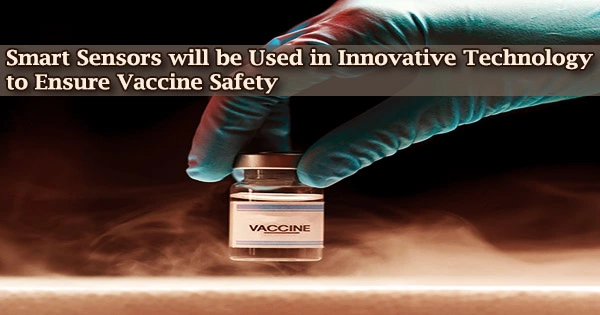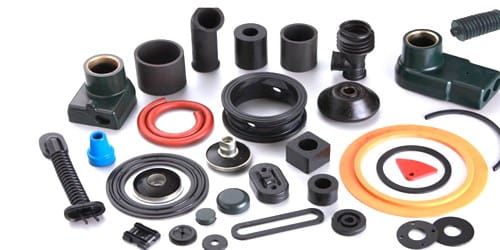For the first time in the world, a new study from Tel Aviv University allows developers to assess vaccination safety using smart sensors that measure objective physiological data. The nation’s reaction to the COVID-19 epidemic hinges on vaccine safety.
As vaccines are produced and made available, public awareness of their safety, both initially and over time, is critical to a successful national immunization campaign. Most clinical trials investigating the safety of novel vaccinations, including COVID-19 vaccines, rely on participants’ subjective reports, according to the researchers, which can lead to skewed conclusions.
Objective physiological data, on the other hand, obtained from sensors affixed to the body, is clear and unambiguous. Dr. Yftach Gepner of TAU’s Sackler Faculty of Medicine’s Department of Epidemiology and Preventive Medicine, along with Dr. Dan Yamin and Dr. Erez Shmueli of TAU’s Fleischman Faculty of Engineering, led the study.
The study was published in Communications Medicine, a Nature portfolio publication. The Immunization Safety Office of the CDC (Centers for Disease Control and Prevention) strives to offer public health officials, healthcare providers, and the general public with timely and transparent information concerning vaccine safety. To help keep vaccinations safe, the office performs vaccine safety monitoring and clinical research.
In 2022 the time has come to conduct continual, sensitive, objective testing of the safety of new vaccines and therapies. There is no reason to rely on self-reports or wait for the occurrence of rare side effects like myocarditis, an inflammation of the heart muscle, which occurs in one of 10,000 patients. Preliminary signs that predict such conditions can be detected with advanced sensors, identifying normal vs. extreme alterations in physiological parameters and any risk of inflammation.
Dr. Yftach Gepner
Dr. Gepner: “In most methods used today, clinical trials designed to evaluate the safety of a new drug or vaccine employ self-report questionnaires, asking participants how they feel before and after receiving the treatment. This is clearly a totally subjective report. Even when Pfizer and Moderna developed their vaccines for the new COVID-19 virus, they used self-reports to prove their safety.”
The term “technological innovation” refers to a broader definition of the term “innovation.” While innovation is a well-defined term, it has a wide range of meanings for many people, particularly in the academic and corporate worlds.
Researchers from Tel Aviv University proved that smart sensors may be used to test novel vaccinations in the current study. Many Israelis were given their second dosage of the COVID-19 vaccination during the time of the trial.
Innovation is defined as taking extra measures in developing new services and products for the marketplace or the general public that meet unmet requirements or solve problems that have not been handled previously.
Technology innovation, on the other hand, concentrates on the technological components of a product or service rather than the entire business model of a firm. It’s vital to note that technology isn’t the main driver of innovation.
Vaccine safety specialists can keep an eye on anything that were missed during the COVID-19 vaccine clinical trials. If any vaccine safety issues, often known as adverse events, are reported, CDC experts can investigate them swiftly to see if the vaccination poses a risk.
The subjects were given FDA-approved sensors made by the Israeli company Biobeat by the researchers. These sensors, which were attached to their chests, monitored their physiological responses from one day before to three days after receiving the vaccine.
Heart rate, breathing rate, saturation (blood oxygen levels), heartbeat volume, temperature, cardiac output, and blood pressure were among the 13 physiological parameters evaluated by the unique sensors.
The unexpected findings: there was a considerable difference between subjective self-reports of side effects and objective measurements. That is, significant changes were found in practically all objective measures following immunization, even in people who claimed to have had no reaction at all.
Furthermore, the study discovered that adverse effects increase during the first 48 hours after immunization and subsequently recover to pre-vaccination levels. To put it another way, a direct examination of the vaccine’s safety revealed physiological reactions over the first 48 hours, with levels then stabilizing.
“The message from our study is clear,” says Dr. Gepner. “In 2022 the time has come to conduct continual, sensitive, objective testing of the safety of new vaccines and therapies. There is no reason to rely on self-reports or wait for the occurrence of rare side effects like myocarditis, an inflammation of the heart muscle, which occurs in one of 10,000 patients. Preliminary signs that predict such conditions can be detected with advanced sensors, identifying normal vs. extreme alterations in physiological parameters and any risk of inflammation.”
“Today trial participants are invited to the clinic for blood pressure testing, but often their blood pressure rises just because the situation is stressful. Continual monitoring at home solves these problems with simple, convenient, inexpensive, and accurate means. This is the kind of medicine we should strive for in 2022.”
















